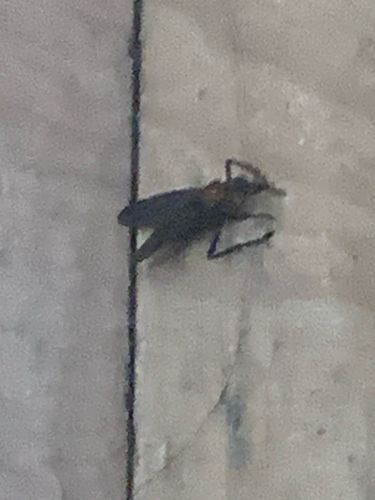Ant
Scientific Name: Formicidae
Order & Family: Order: Hymenoptera, Family: Formicidae
Size: Most ants range from 2 to 25 mm (0.08 to 1 inch) in length, depending on the species and caste.

Natural Habitat
Ants are found in almost all terrestrial habitats, including forests, grasslands, deserts, urban areas, and even some aquatic environments near freshwater sources. They build nests in soil, wood, under rocks, or within structures.
Diet & Feeding
Ant diets vary widely by species. Many are omnivorous, feeding on nectar, seeds, fungi, other insects (both living and dead), and honeydew produced by aphids. Some are specialized predators, while others cultivate fungi for food.
Behavior Patterns
Ants are highly social insects that live in colonies ranging from a few dozen to millions of individuals. They exhibit complex social behaviors, including division of labor (queens, workers, males), communication through pheromones, nest building, foraging, and caring for their young. They are known for their organized foraging trails and cooperative defense mechanisms.
Risks & Benefits
Potential risks include property damage (e.g., carpenter ants tunneling in wood), stinging (some species, like fire ants, can inflict painful stings), and contamination of food. Benefits include pest control (predating on other insects), soil aeration and nutrient cycling, and seed dispersal for plants.
Identified on: 9/5/2025